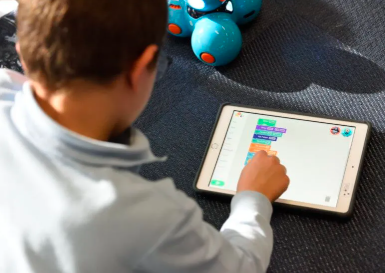In today’s classrooms—both physical and digital—educators are discovering the power of data-driven teaching. With the right use of educational analytics, teachers can better understand how students learn, where they need support, and how to tailor lessons to promote meaningful progress. Rather than replacing the human element of teaching, analytics enhances it by offering clearer insights into student needs and classroom effectiveness.
What Is Data-Driven Teaching?
Data-driven teaching involves using collected information—such as student performance data, attendance records, and engagement levels—to inform instructional decisions. By examining this information regularly, educators can make adjustments that help students thrive academically and personally.
How Analytics Supports Educators
Learning analytics tools can reveal trends and patterns that may not be obvious at first glance. For example, a teacher might notice that a group of students consistently struggles with specific math concepts. With this insight, the teacher can revisit the topic, offer additional resources, or try a new teaching method. This kind of responsive instruction often leads to better outcomes and increased student confidence.
Personalizing the Learning Experience
One of the most impactful aspects of data in education is its ability to support personalized learning. When teachers can see how each student is progressing, they can offer custom activities, reading materials, or even one-on-one check-ins. This helps ensure that no student is left behind while also challenging those who are ready to move ahead.
Improving Lesson Planning and Instruction
Analytics doesn’t just benefit students—it also helps educators grow. Data can highlight which teaching strategies are working and which ones may need adjustment. Over time, this creates a continuous improvement cycle where lessons become more effective, and learning becomes more engaging.
Respecting Student Privacy
It’s important to use educational data responsibly. Ethical data use involves protecting student privacy and ensuring that information is only used to support learning. Many schools have clear guidelines in place, helping educators stay compliant while making the most of technology tools.
The Future of Teaching with Data
As digital tools evolve, so does the potential for smart teaching. From dashboards that provide real-time feedback to platforms that recommend resources based on student progress, the future of education is becoming more informed and adaptable. However, the heart of teaching will always be the relationship between educator and learner—data simply supports that connection.
Final Thoughts
Data-driven teaching isn’t about numbers alone. It’s about understanding each learner’s unique journey and using thoughtful tools to support that path. When used well, educational analytics can make teaching more effective, inclusive, and empowering for everyone in the classroom.














